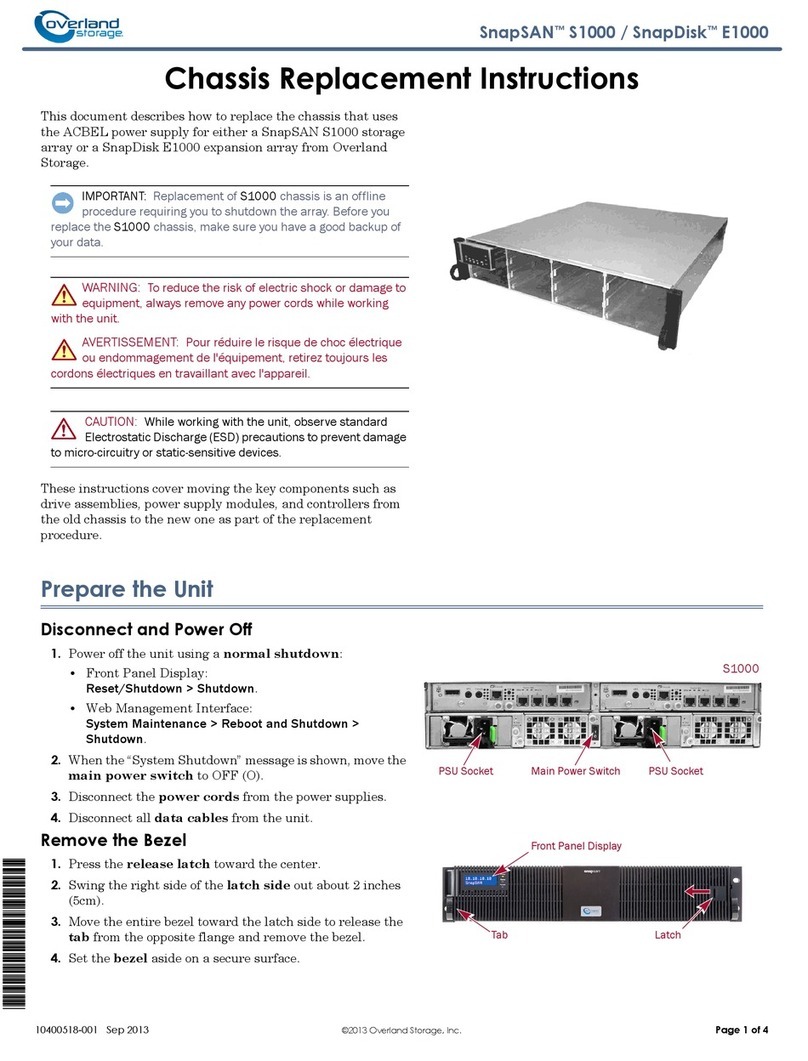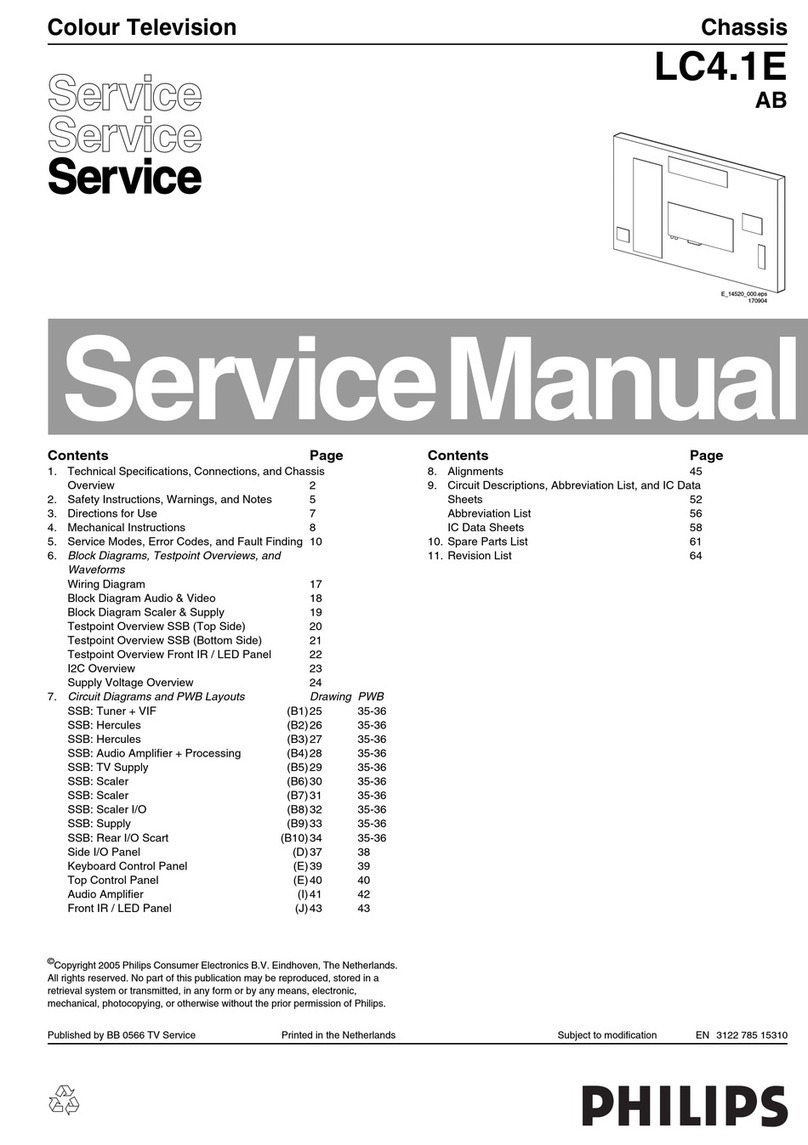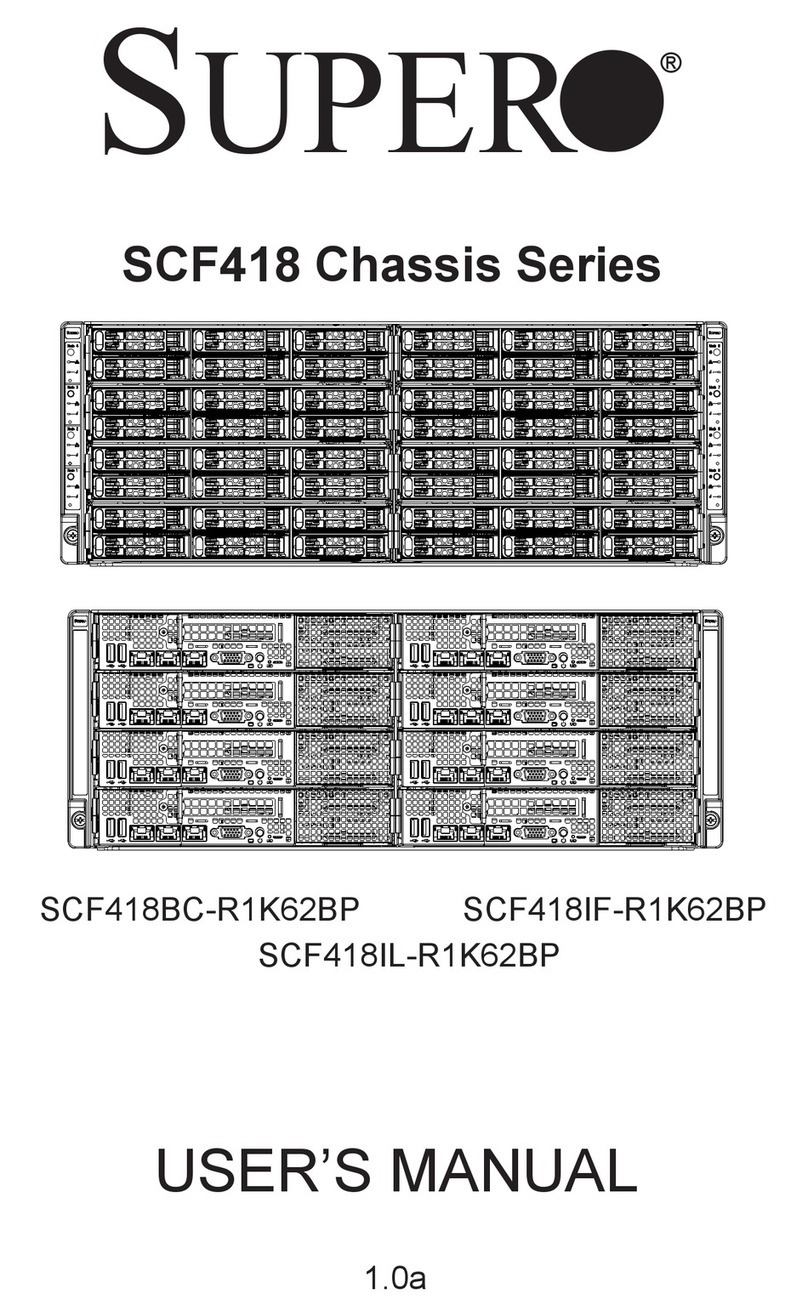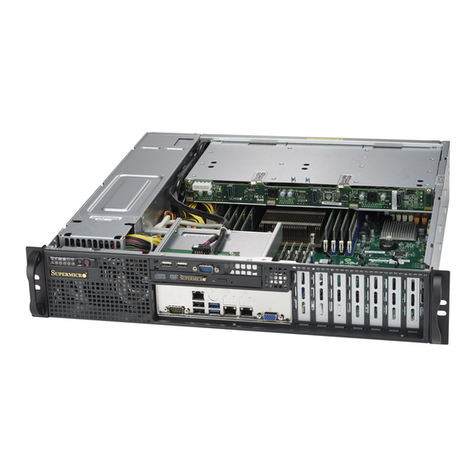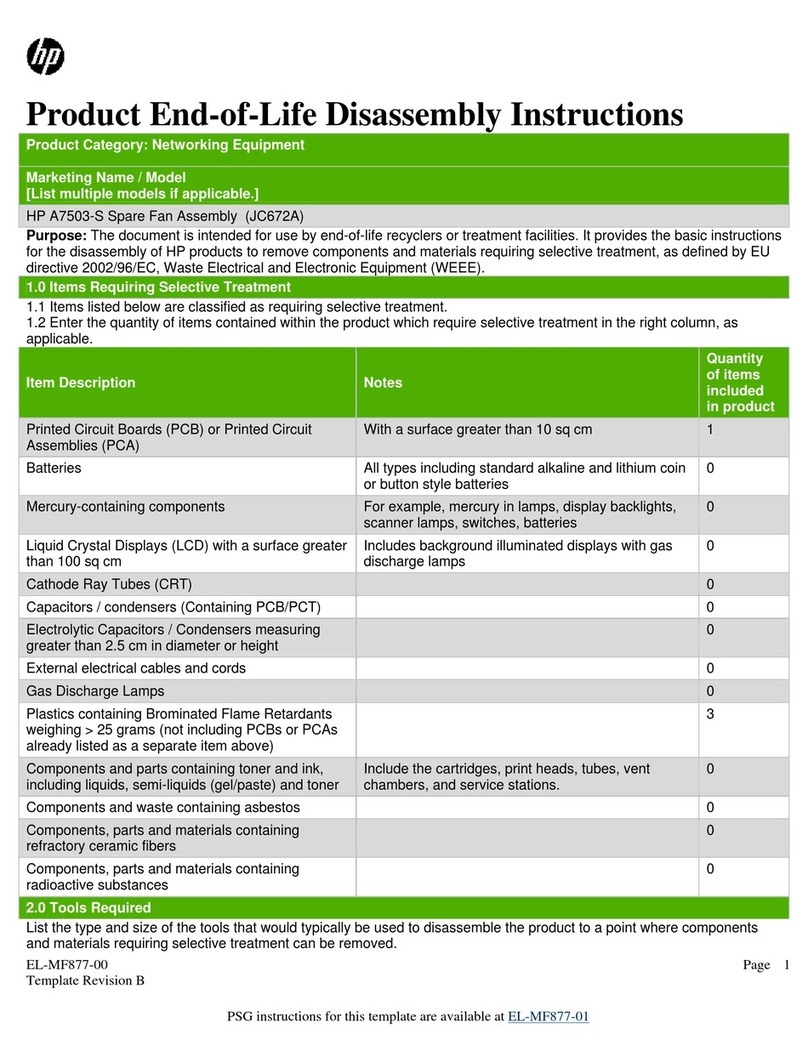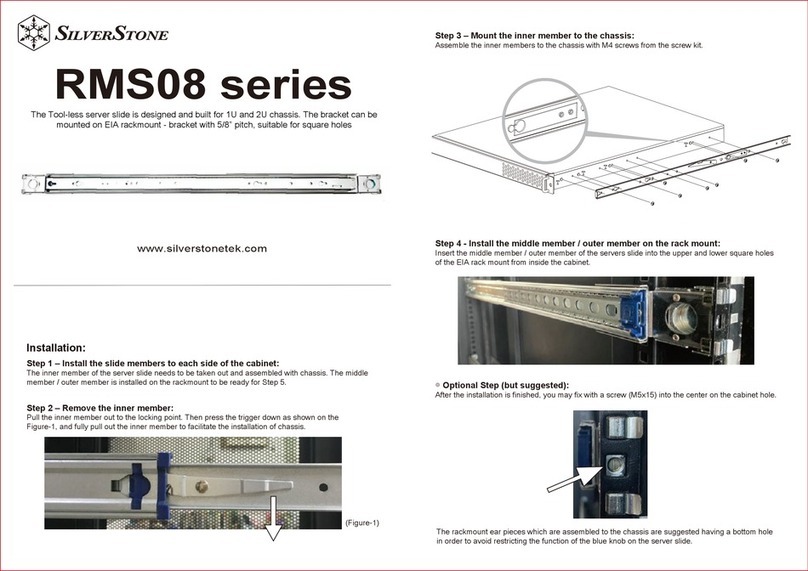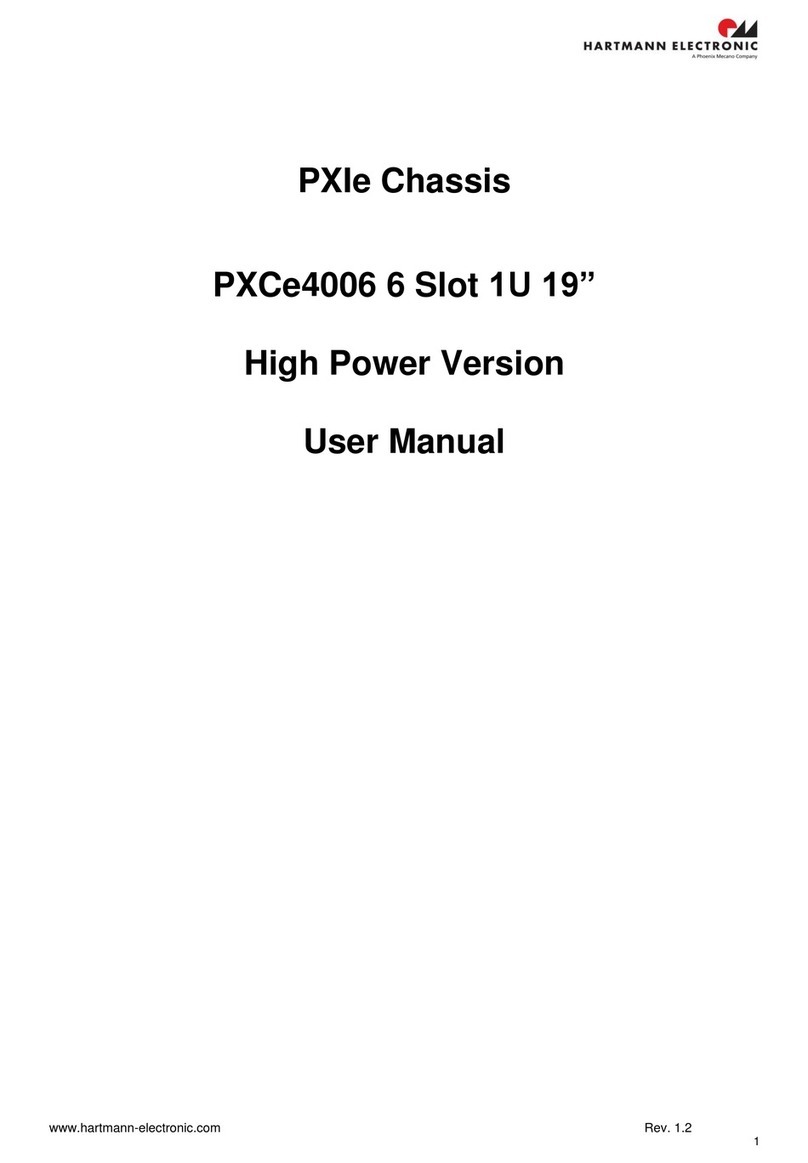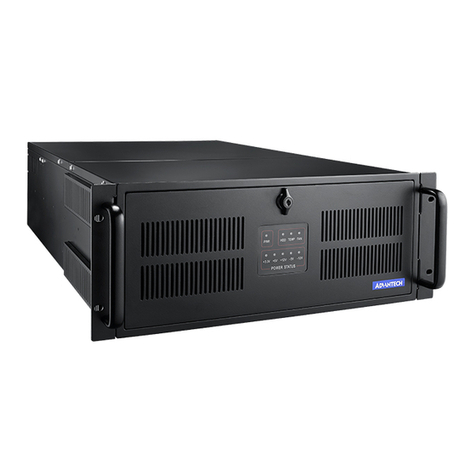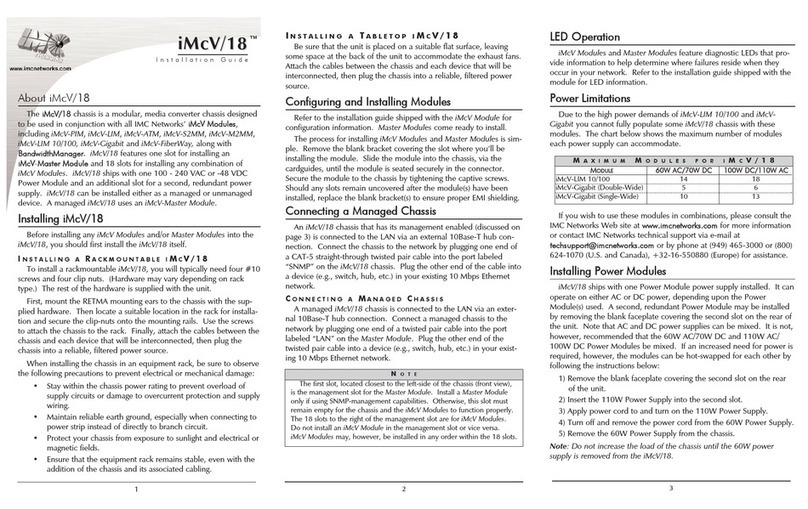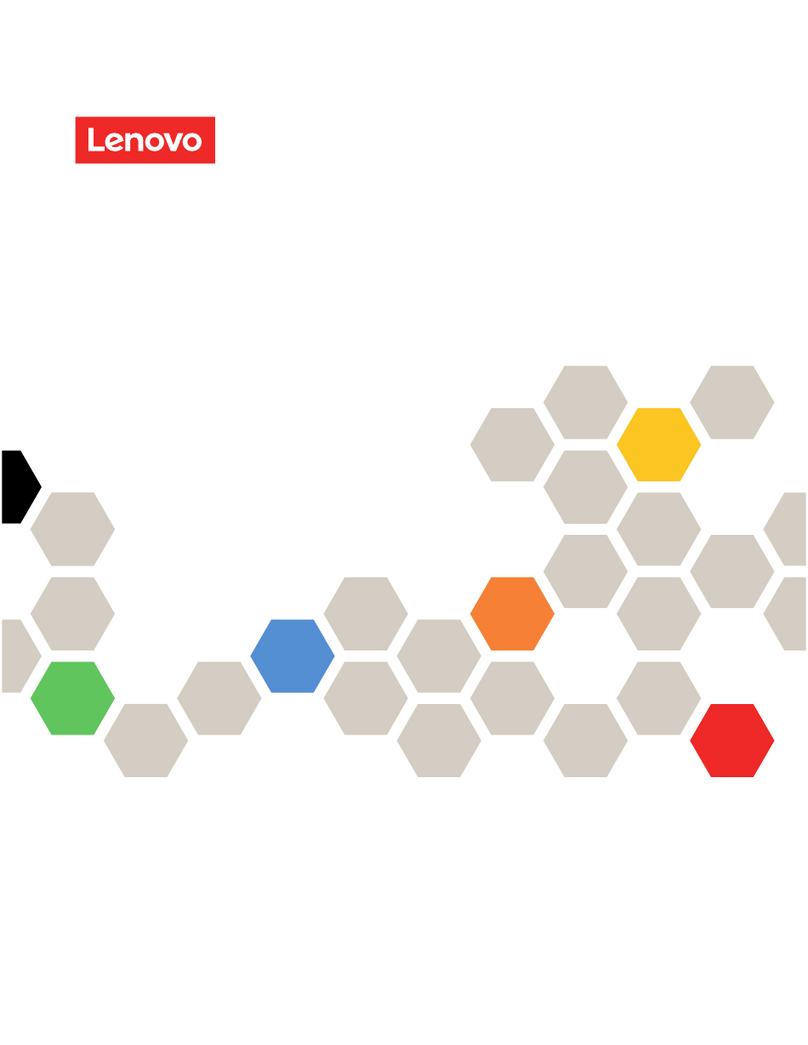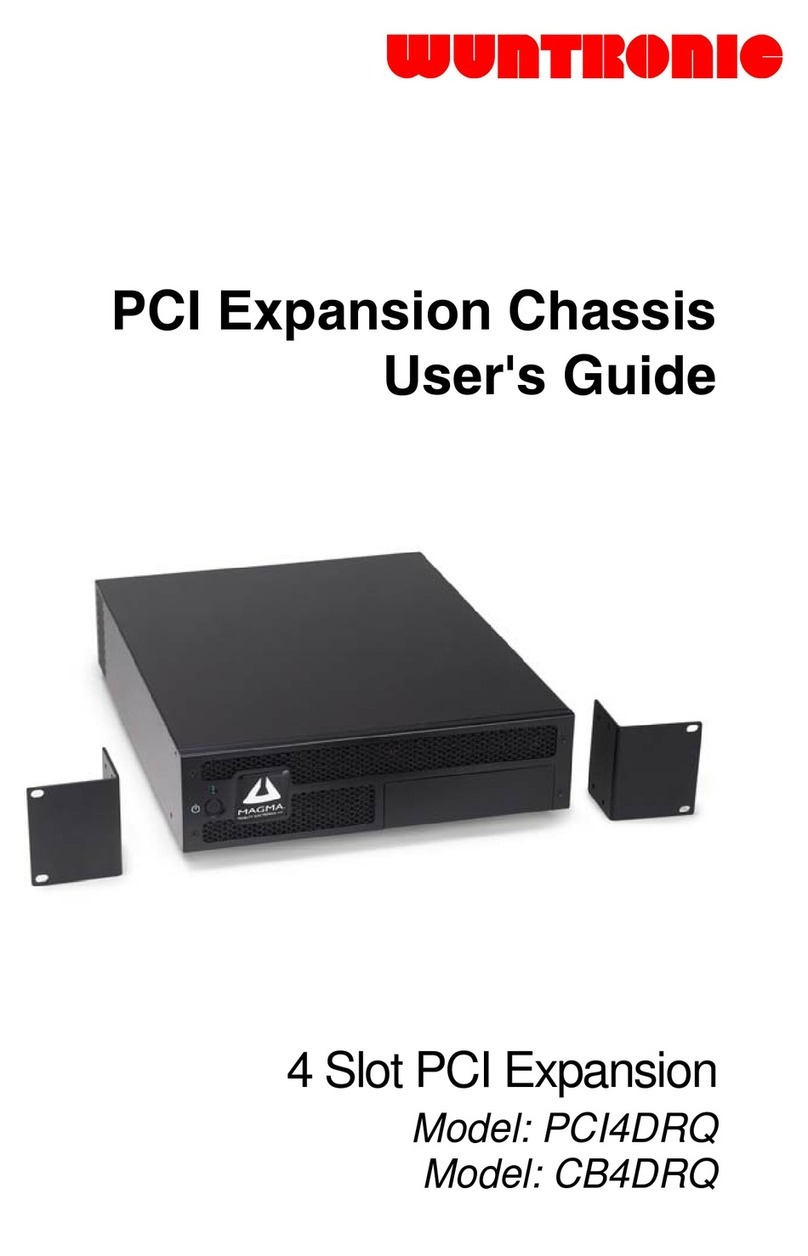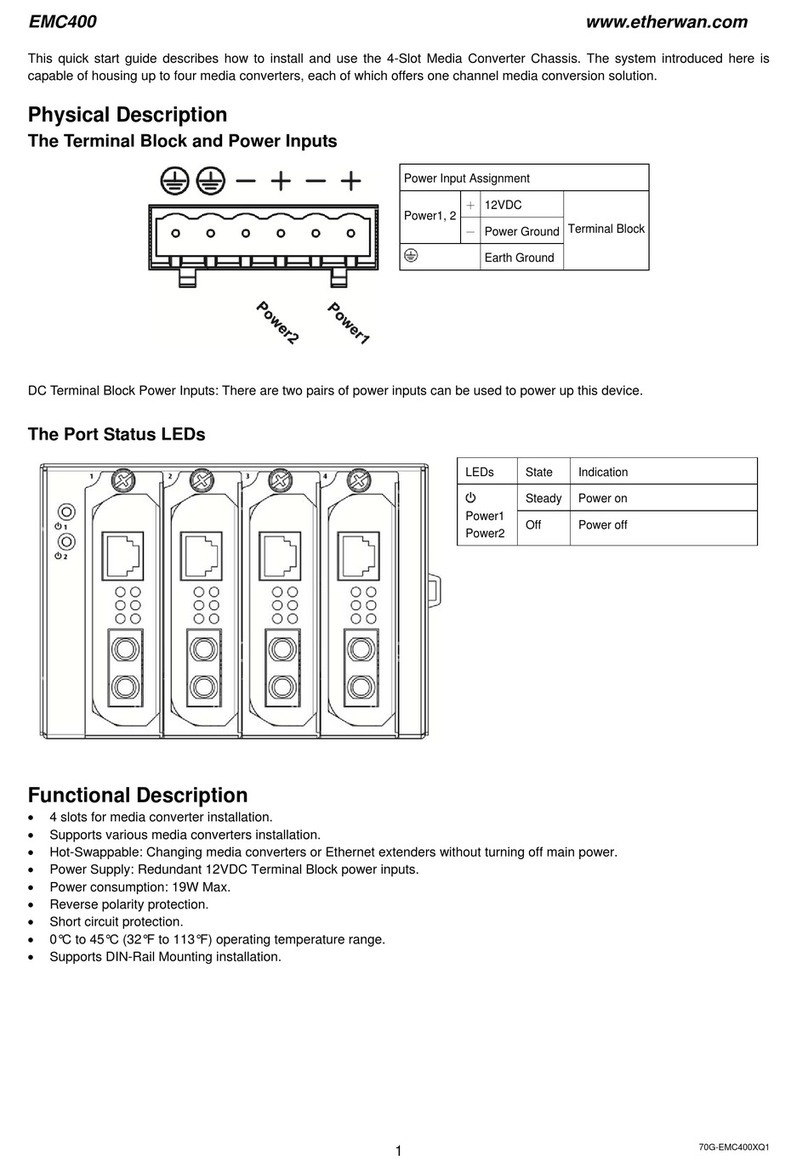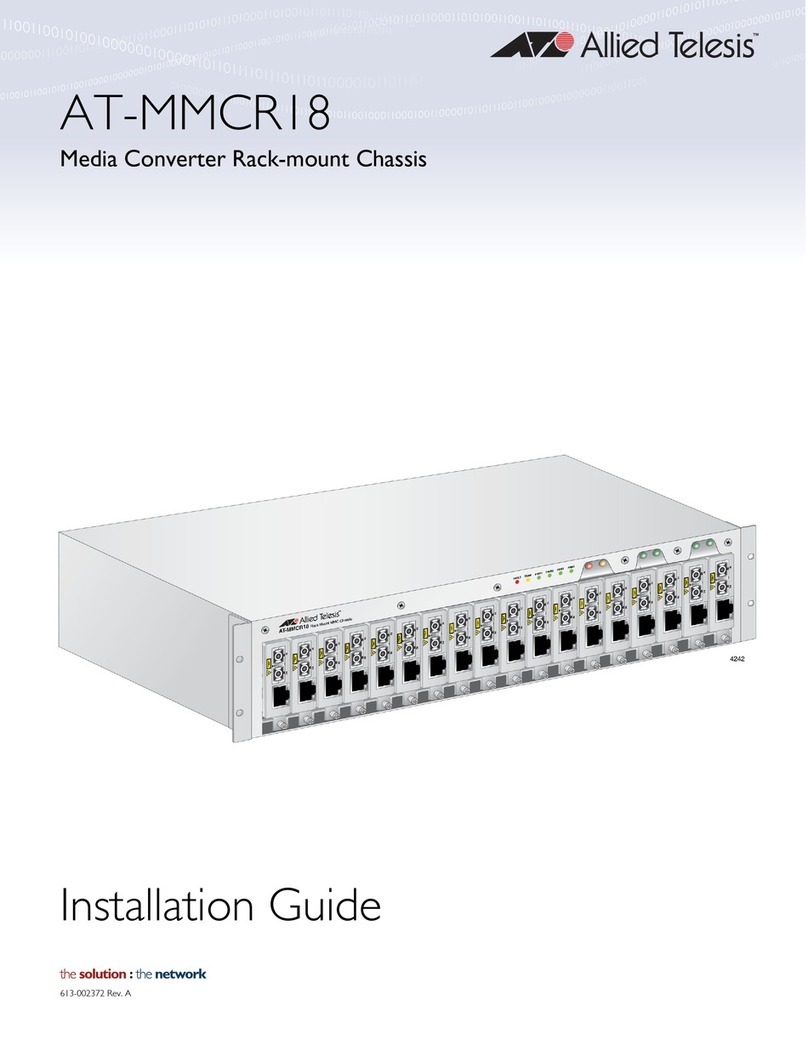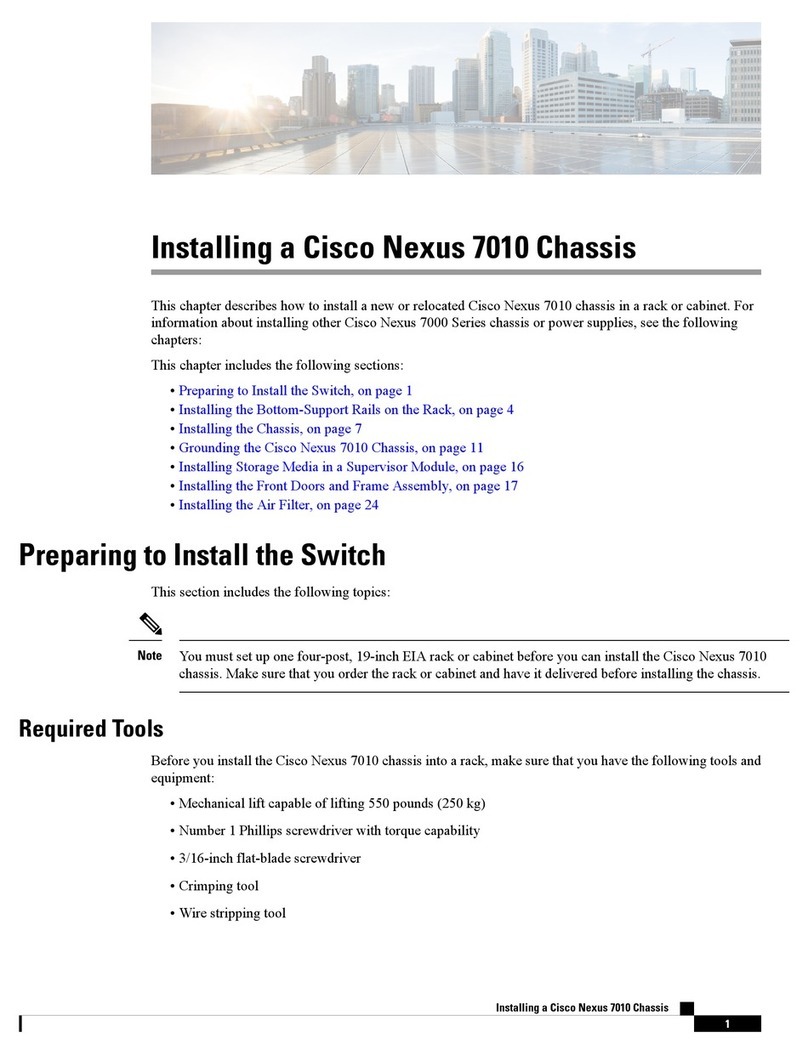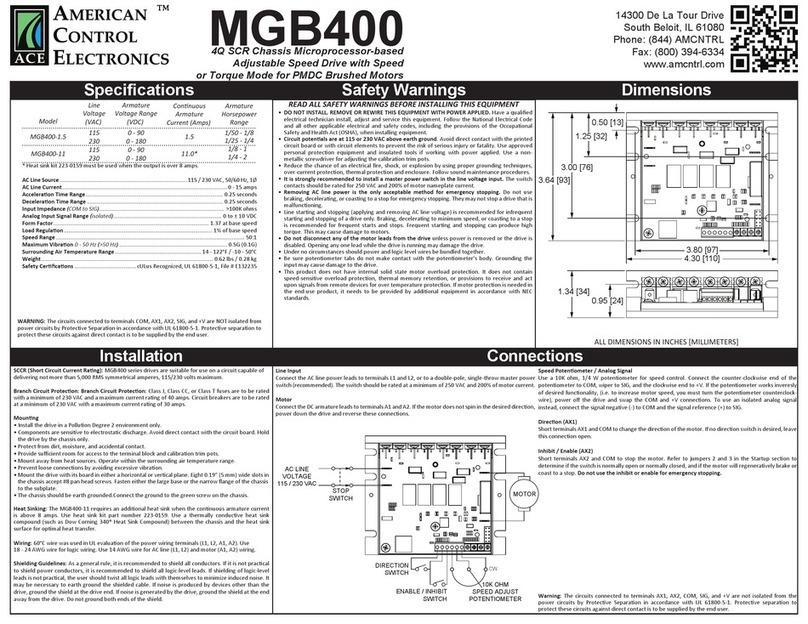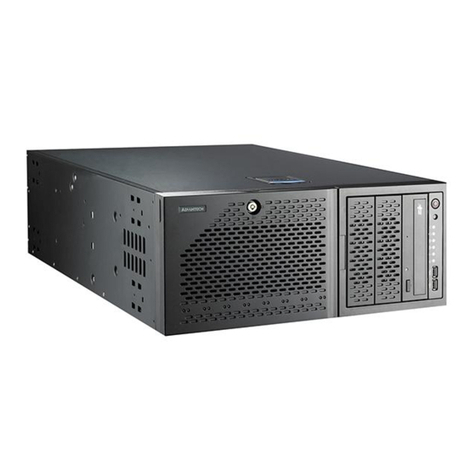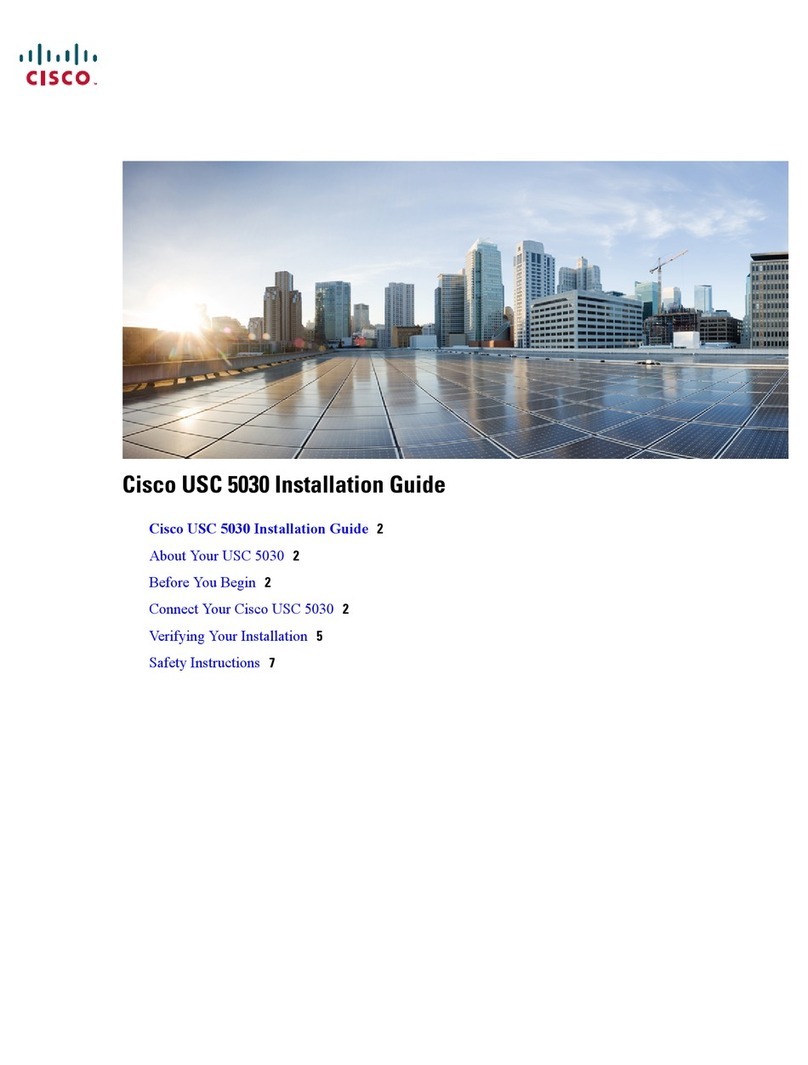
• When installing Isilon nodes in a rack cabinet, always use both front and side rack stabilizers. Installing nodes in a
rack cabinet without stabilizers can cause the rack to tip over and potentially result in personal injury.
• Due to the weight of Isilon nodes, use a minimum of two people to install nodes into a rack cabinet. A 4U Isilon
node with the drives installed can weigh up to 130 lbs (57.97 kg). To minimize the chance of injury during node
installation, 4U Isilon nodes must be installed in a rack cabinet without the hard drives installed in the node.
General recommendations
Before replacing components or performing other maintenance operations on Isilon nodes, review these general
recommendations and best practices.
• Only trained and qualified personnel should install or replace equipment.
• Use only approved replacement parts and equipment.
• Handle all electronic components according to the manufacturer instructions.
• Always follow electrostatic discharge (ESD) prevention procedures when removing and replacing cards and other
static-sensitive system components.You must use a wrist strap attached to the node chassis for grounding when
working on these components.
•You may need to log in to the node and access the system in order to view status and other information about defective
components, or to configure and verify the proper installation of the new components.
•If a drive, power supply, or other component of an Isilon node fails or needs to be replaced, the replacement part kit
must be supplied by Isilon Systems. This replacement policy helps to ensure compatibility between all of the parts.
In addition, Isilon Systems requests that customers return defective parts to Isilon Systems for analysis and evaluation.
To return a component to Isilon, contact Isilon Technical Support and follow the instructions provided by the support
engineer. Make sure to include the following details about the failed component on a label or packing sheet:
• Serial number of node
• Technical Support case number (if any)
• Slot number or drive number (if applicable)
• Brief description of the failure circumstances
• Component serial number (if applicable)
Include the label on the package or insert the packing sheet in the package and follow the instructions provided by
the Technical Support Engineer to send the component back to Isilon.
Where to go for support
Contact Isilon Technical Support for any questions about Isilon products.
Isilon Technical Support engineers can be contacted using any of the following methods:
Local: 1-206-777-7970
Toll free: 1-866-276-0723
Online: isilon.com/support
Japan support: 03-5358-7180
6©2011 Isilon Systems, LLC.
Field replacement procedures overview
